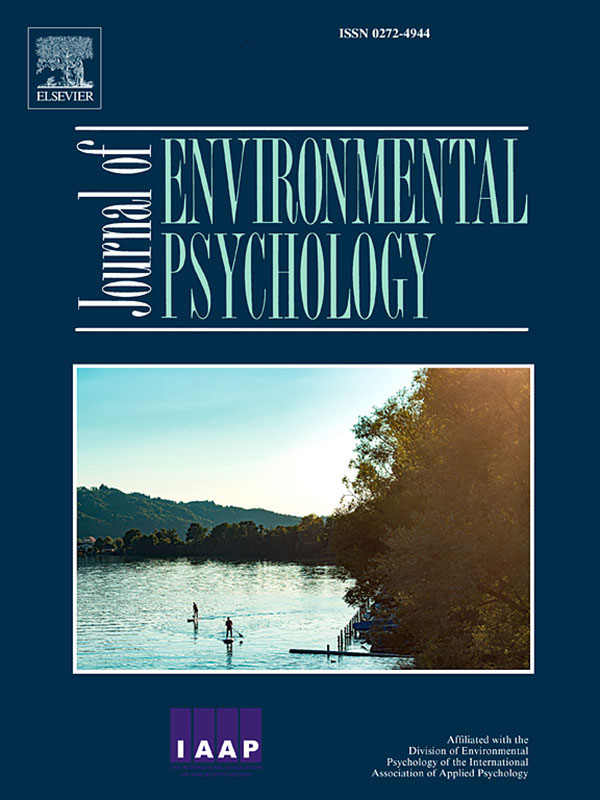Research Article
Different types of virtual natural environments enhance subjective vitality through restorativeness
Publication Date:
DOI: http://dx.doi.org/10.1016/j.jenvp.2023.101981
Abstract
The body of evidence supporting the psychological benefits of exposure to virtual nature, such as increased mood and decreased stress, is rapidly growing. However, few studies have explored the potential of virtual nature to boost subjective vitality, defined as a positive feeling of aliveness and energy. In this contribution, we investigate the role of virtual nature in enhancing subjective vitality through restorativeness. In particular, we expand the existing literature by considering different types of natural environments (i.e., a national park, a lacustrine environment, and an arctic environment vs. an urban environment). We designed a randomized between-subject design with a sample of 113 university students (Mage = 21.99, SD = 1.82). Participants were exposed to four 360-degree panoramic photos with a virtual reality (VR) head-mounted display. We collected measures of the variables of interest immediately before and after exposure, and a series of control variables (i.e., sociodemographics, individual differences and personal conditions, previous VR experience, frequency of contact with nature, and variables related to participants’ experience during VR). We performed a mediation analysis with a multicategorical independent variable (i.e., the experimental condition). Results confirmed our hypotheses, with three significant indirect effects of virtual nature exposure on subjective vitality through restorativeness, one for each natural environment as compared to the urban environment. The wide range of practical implications for different types of psychological interventions as well as future research directions are discussed.
